Air Conditioning System Model
Categories: Engineering Lab EquipmentAir conditioning technology is a key topic in building services engineering. For this reason air conditioning technology plays an important role during the training of skilled workers and engineers....
Product
Description
Air conditioning technology is a key topic in building
services engineering. For this reason air conditioning technology plays an
important role during the training of skilled workers and engineers.
The clear trainer represents a complete air conditioning
system with an air duct and a climatic chamber. The main components of the air
conditioning system are the air cooler with condensing unit, fan, steam
humidifier and air heater. Three motorised ventilation flaps control the air
distribution in the air conditioning system. The climatic chamber is equipped
with two different heat sources (wet and dry). Temperature and relative
humidity are measured at relevant points in the air duct and displayed
digitally. For the refrigeration circuit two manometers with integrated
temperature scale and a flow meter provide all relevant measurements.
Learning Objectives/Experiments
Air conditioning system and its components
Conditioning room air
Mixing different air flows
Representation in the h-x diagram for humid air
Humidification and dehumidification
Heating and cooling
Representation of the circuit in the log p-h diagram
Effect of a cooling load (dry and wet)
Recirculating and outer air operation
In conjunction with optional accessories
Automation in an air conditioning system
Specification
Model of an air conditioning system with outer air and
recirculating operation
Air duct with transparent front
Air duct with fan, air cooler, humidifier, flaps, air heater
and sensors
Chamber with wet (latent) and dry (sensitive) heat source as
cooling load
Motorised flaps for recirculating and outer air operation
Process schematic with signal lamps
Air conditioning system ready for different automation
solutions: 4 data cable connections to integrate the accessories
Technical Data
Compressor (air-cooled condensing unit)
power consumption: 159W at 7,2/54,4°C
refrigeration capacity: 380W at 7,2/54,4°C
Humidifier
heating power: 400W
Air heater
heating power: 360W
2 heaters in the chamber as cooling load
power output: 0…250W each, freely adjustable
Flow cross-section of the air duct
WxH: 155x155mm
Refrigerant: R513A, GWP: 631
filling volume: 1,2kg
CO2-equivalent: 0,8t
Measuring ranges
temperature: 0…50°C
rel. humidity: 10…90%
power consumption: 0…600W (condensing unit)
power: 2x 0…300W (cooling load)
pressure: -1…9bar / -1…24bar (refrigerant)
flow rate: 1,5…23,5L/h (refrigerant)
air velocity: 0…2,5m/s
230V, 50Hz, 1 phase
230V, 60Hz, 1 phase
230V, 60Hz, 3 phases
quick overview :
Air conditioning technology is a key topic in building
services engineering. For this reason air conditioning technology plays an
important role during the training of skilled workers and engineers.
The clear trainer represents a complete air conditioning
system with an air duct and a climatic chamber. The main components of the air
conditioning system are the air cooler with condensing unit, fan, steam
humidifier and air heater. Three motorised ventilation flaps control the air
distribution in the air conditioning system. The climatic chamber is equipped
with two different heat sources (wet and dry). Temperature and relative
humidity are measured at relevant points in the air duct and displayed
digitally. For the refrigeration circuit two manometers with integrated
temperature scale and a flow meter provide all relevant measurements.
Learning Objectives/Experiments
Air conditioning system and its components
Conditioning room air
Mixing different air flows
Representation in the h-x diagram for humid air
Humidification and dehumidification
Heating and cooling
Representation of the circuit in the log p-h diagram
Effect of a cooling load (dry and wet)
Recirculating and outer air operation
In conjunction with optional accessories
Automation in an air conditioning system
Specification
Model of an air conditioning system with outer air and
recirculating operation
Air duct with transparent front
Air duct with fan, air cooler, humidifier, flaps, air heater
and sensors
Chamber with wet (latent) and dry (sensitive) heat source as
cooling load
Motorised flaps for recirculating and outer air operation
Process schematic with signal lamps
Air conditioning system ready for different automation
solutions: 4 data cable connections to integrate the accessories
Technical Data
Compressor (air-cooled condensing unit)
power consumption: 159W at 7,2/54,4°C
refrigeration capacity: 380W at 7,2/54,4°C
Humidifier
heating power: 400W
Air heater
heating power: 360W
2 heaters in the chamber as cooling load
power output: 0…250W each, freely adjustable
Flow cross-section of the air duct
WxH: 155x155mm
Refrigerant: R513A, GWP: 631
filling volume: 1,2kg
CO2-equivalent: 0,8t
Measuring ranges
temperature: 0…50°C
rel. humidity: 10…90%
power consumption: 0…600W (condensing unit)
power: 2x 0…300W (cooling load)
pressure: -1…9bar / -1…24bar (refrigerant)
flow rate: 1,5…23,5L/h (refrigerant)
air velocity: 0…2,5m/s
230V, 50Hz, 1 phase
230V, 60Hz, 1 phase
230V, 60Hz, 3 phases
Product
Reviews
add Review
reviews
No Review Yet.
Copyrights © 2025 All Rights Reserved by Atico

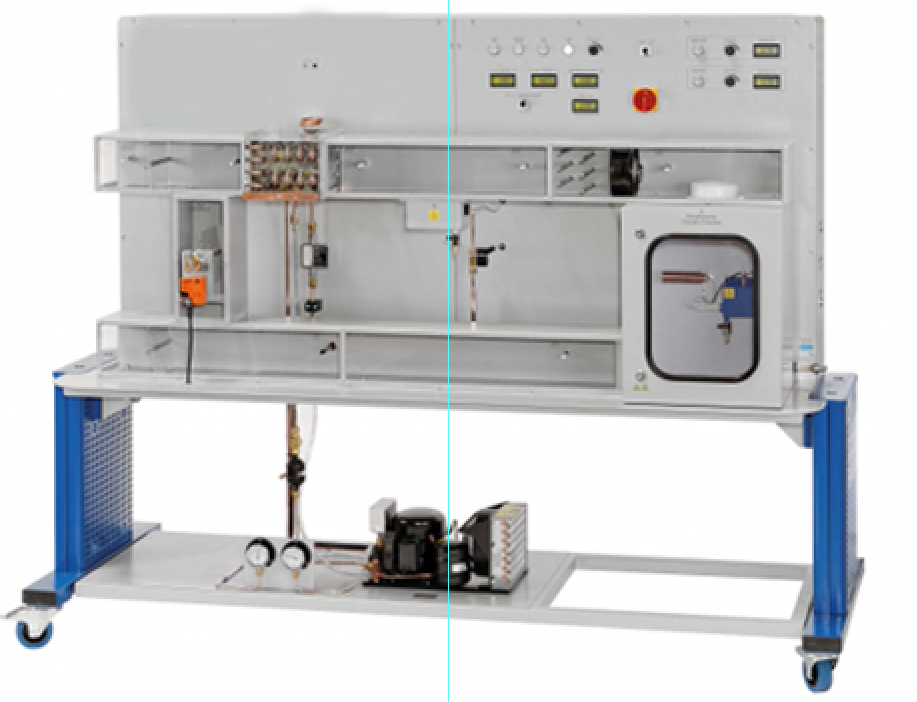




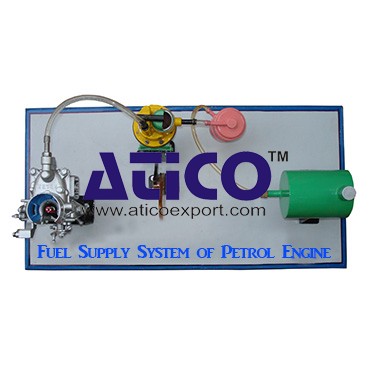

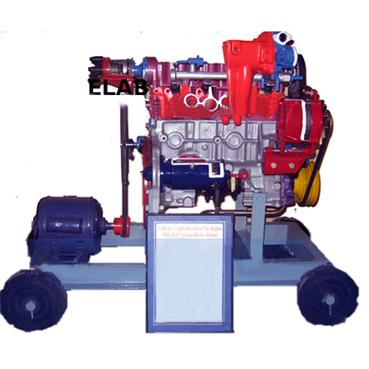
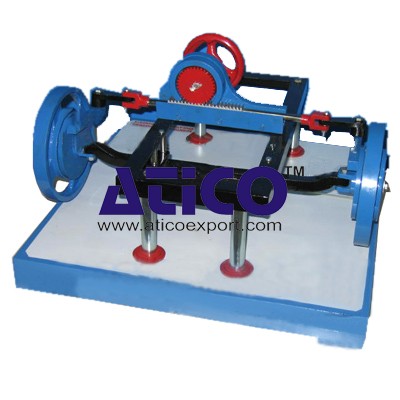


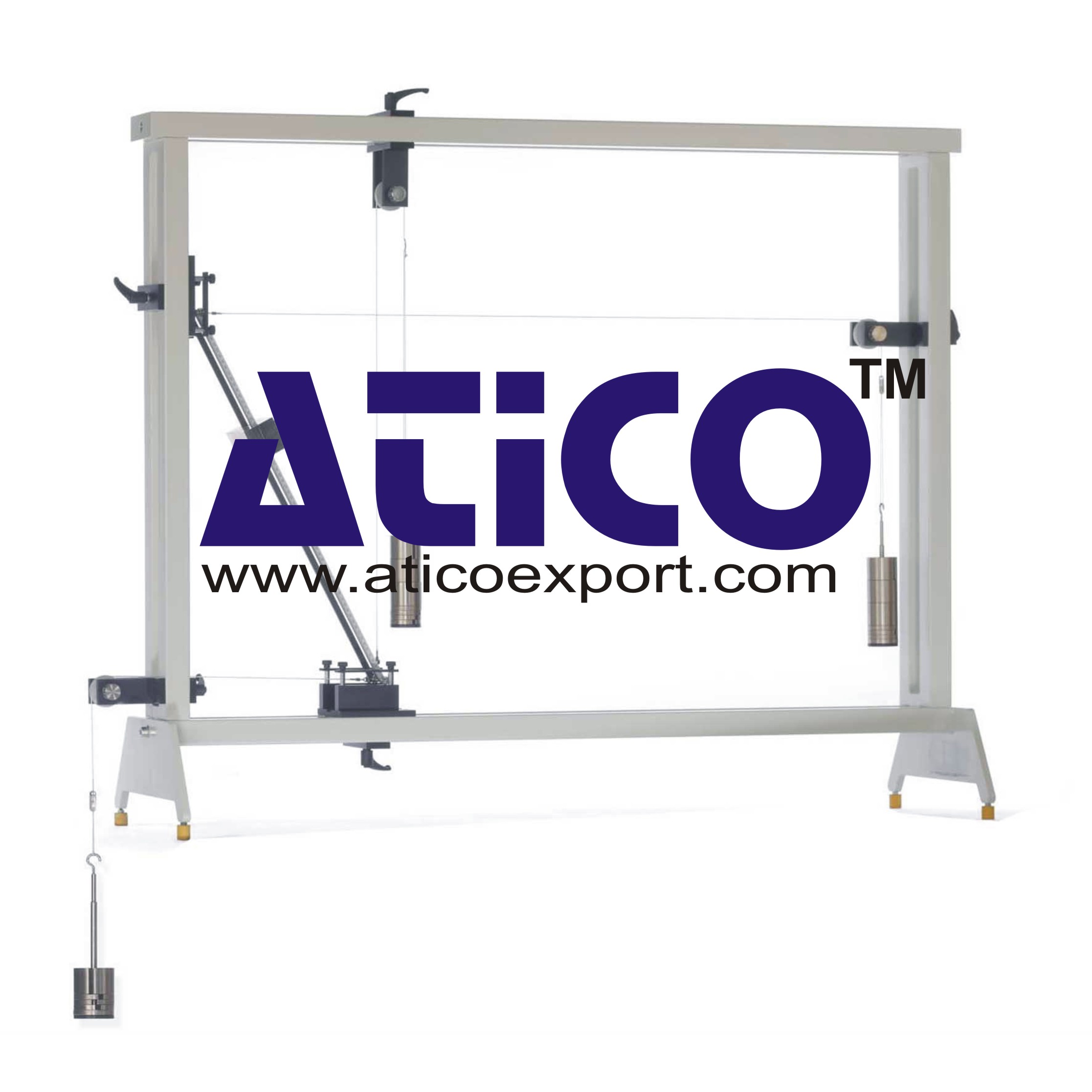
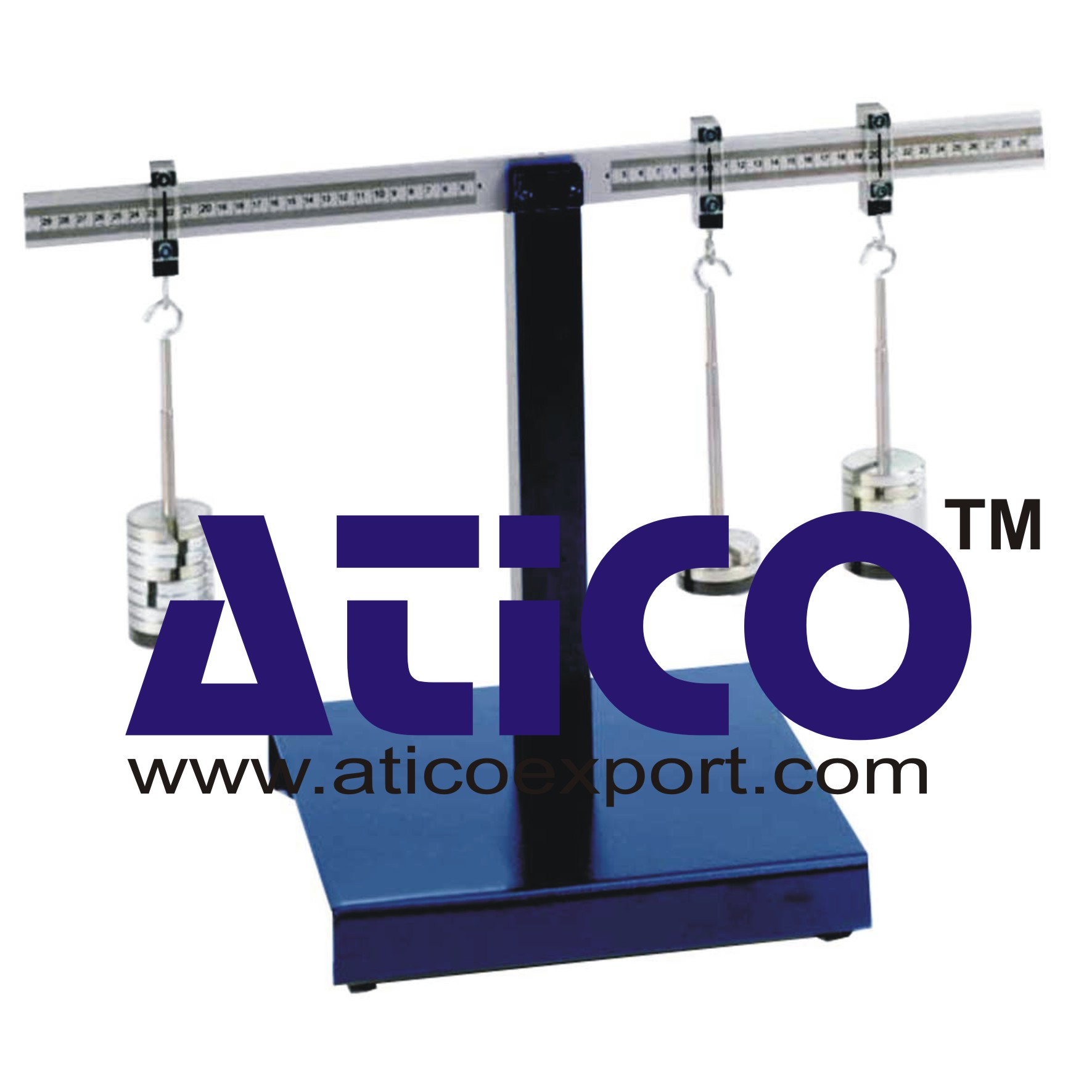
Product
Reviews
add Review
reviews
No Review Yet.